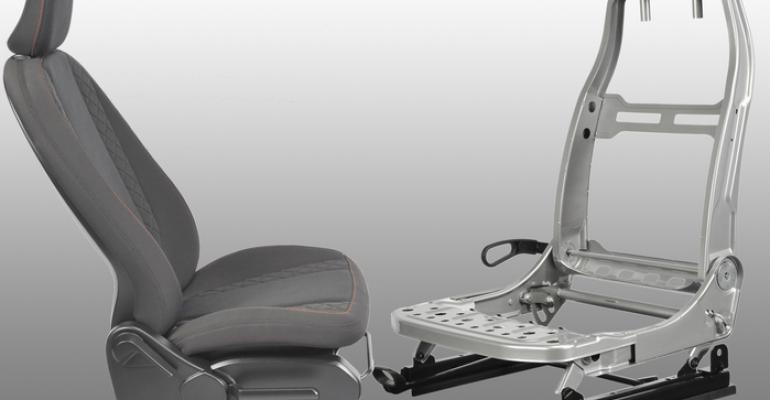MUMBAI – Indian auto-components manufacturers are hoping a new, 5-year economic cooperation pact with China will give India greater access to trade and investment opportunities in the world’s largest automotive market.
The pact also may calm the rough waters encountered in recent years by suppliers, which have been among those on the short end of India’s trade deficit with its neighbor to the east.
The Automotive Component Manufacturers Assn. of India reports its 700 members’ profits grew 58.6% in the 2010-2011 fiscal year and 32.3% in fiscal 2011-2012, then declined 2% to Rs2.1 trillion ($35.1 billion) in fiscal 2013-2014.
Growth by ACMA members, who supply original-equipment components to automakers, Tier 1 suppliers, replacement markets and India’s national-defense, railway and state-run transportation systems, averaged 14% over the past six years.
The recent slump is tied in part to an increase in India’s share of imported Chinese-made components to 21%, or Rs161 billion ($2.6 billion) in fiscal 2013-2014 from 18% in the prior year. Indian parts exports in the latest fiscal year, meanwhile, totaled just Rs615 billion ($10.2 billion) – not only to China but also to Japan, the U.S., the European Union and the ASEAN trade bloc.
Chinese components are priced so low that Indian manufacturers have asked the government to impose anti-dumping duties on them. India also has a 4-year-old free-trade agreement with the ASEAN regional trade bloc that allows duty-free imports of parts made in those countries.
The slowdown has left some ACMA members 30% to 35% short of production capacity, while new investment has fallen from Rs90 billion ($1.5 billion) in fiscal 2012 to Rs42 billion ($689 million) in fiscal 2014.
A report by the trade association and the McKinsey consultancy, “Capturing Global Opportunities,” shows how India can increase the value of its global parts exports to Rs2.17 trillion ($35 billion) by 2020. Factors include:
- Improving design capabilities.
- Following Indian OEMs into new global markets.
- Taking advantage of platform consolidation by OEMs.
- Pursuing new technologies and market diversification.
Anticipating the pickup in domestic and export demand, former ACMA President Harish Lakshman advised members in his farewell address in September to start recruiting and training personnel. “If we start immediately, we will be ready by (fiscal 2016) to reach 85%-90% capacity utilization,” he said.
Another headache for India’s auto-parts makers is the widespread production and open sale of counterfeits. Often costing less than one-quarter of the standard price for components, they account for an estimated one-sixth of the country’s $6.6 billion aftersales market.
The fake parts are made of inferior-quality, sometimes-unsafe materials that can undermine performance. Automakers withdraw warranty coverage for cars whose owners use counterfeits, but the government Competition Commission in August fined 14 of the car companies a combined Rs25.5 billion ($420 million), alleging they restrained the availability of parts, services and warranties, effectively increasing maintenance costs for consumers.
The automakers are appealing the penalties, arguing components in modern cars are part of assembly or subassembly systems that can be compromised by the use of one or more fake parts. They hope the dispute will be resolved in a way that clears the way for greater use of genuine spare parts.





